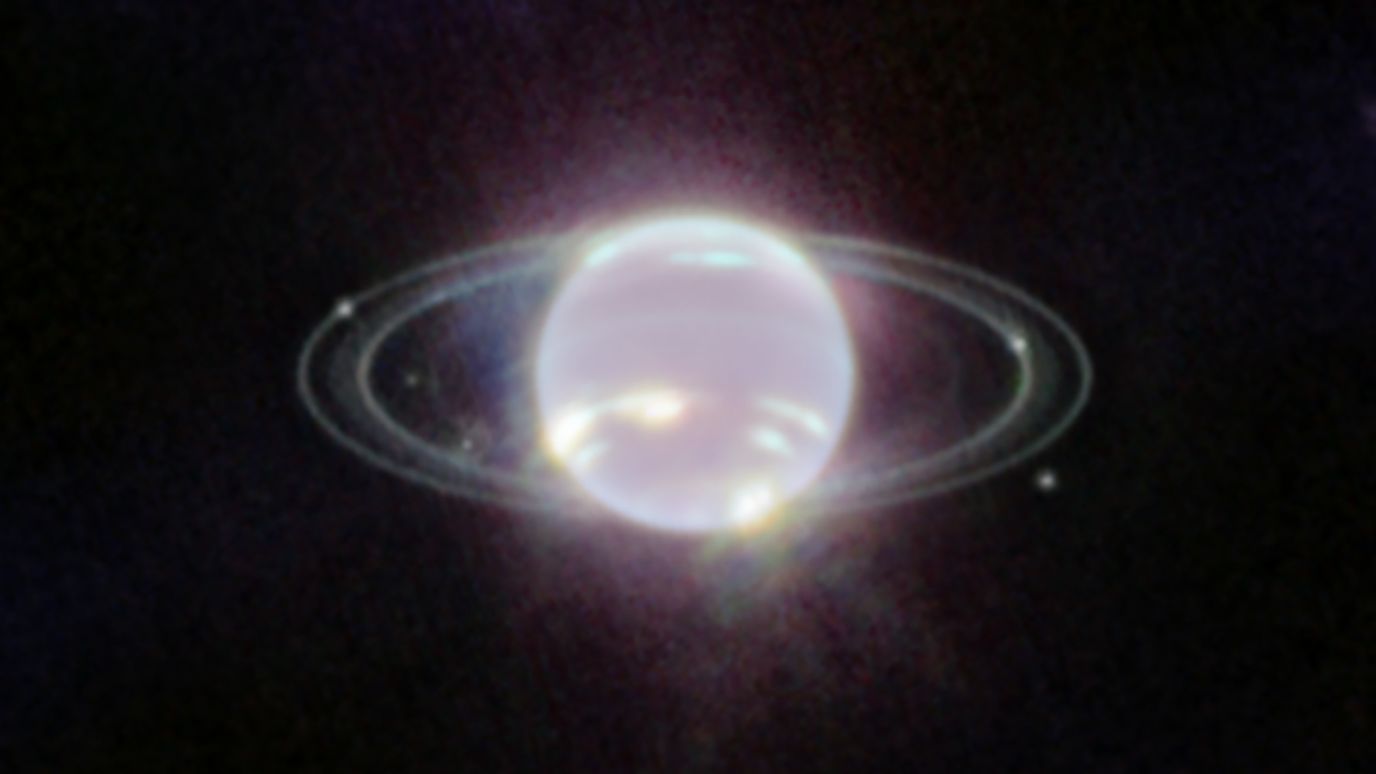Nóg beter beelde as met die James Webb-teleskoop?
Die James Webb-ruimteteleskoop het die afgelope tyd groot opgewondenheid veroorsaak vanweë die skerp beelde wat verkry is. Daar word intussen ‘n teleskoop gebou wat nog skerper beelde behoort te gee. Dit is nie ‘n infrarooiteleskoop soos die James Webb nie, maar ‘n optiese teleskoop wat waarnemings van die aarde af doen.
Ander onderwerpe wat bespreek word, is die invloed van die maan op die mens se liggaam en psige, en die son aktiwiteit.
Foto’s wat deur die James Webb teleskoop geneem is:
https://www.popularmechanics.com/space/deep-space/g40810724/webb-telescope-images-gallery/?slide=6
https://edition.cnn.com/2022/07/12/world/gallery/james-webb-telescope-first-images-space/index.html
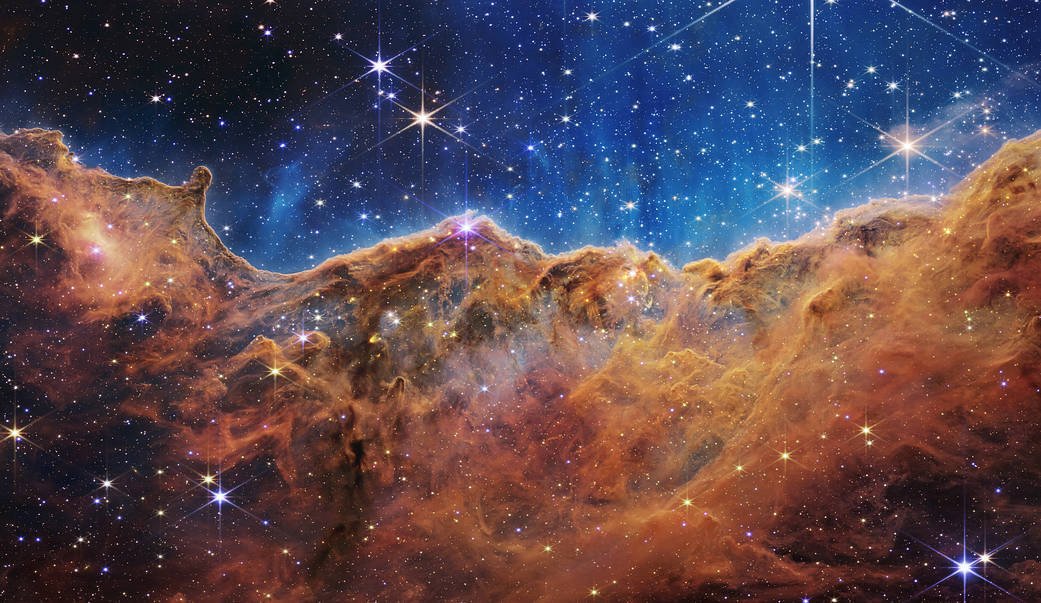
One of the first images captured by the James Webb Space Telescope, this landscape of “mountains” and “valleys” speckled with glittering stars is actually the edge of a nearby young star-forming region called NGC 3324 in the Carina Nebula. Credit: NASA, ESA, CSA, and STScI
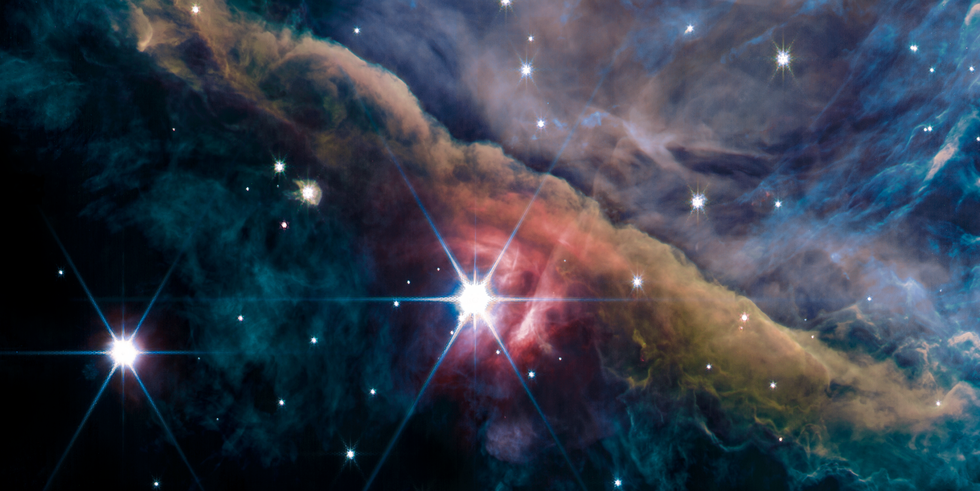
As seen by the James Webb Space Telescope’s NIRCam instrument, the interior of the Orion Nebula, 3 million years old, looks like an oil painting. Located about 1,500 light-years from Earth, the nebula supports the numerous massive and hot young stars of the Trapezium Cluster (at the top right). Orion is the closest large star-forming region to Earth. The most outstanding star in this image is θ2 Orionis A, in the Orion Bar’s dense wall of gas and dust (from the top left to the bottom right). Overall, the composite image from multiple filters depicts ionized gas, hydrocarbons, molecular gas, dust and scattered starlight emissions. The entire nebula is about 24 light years across.
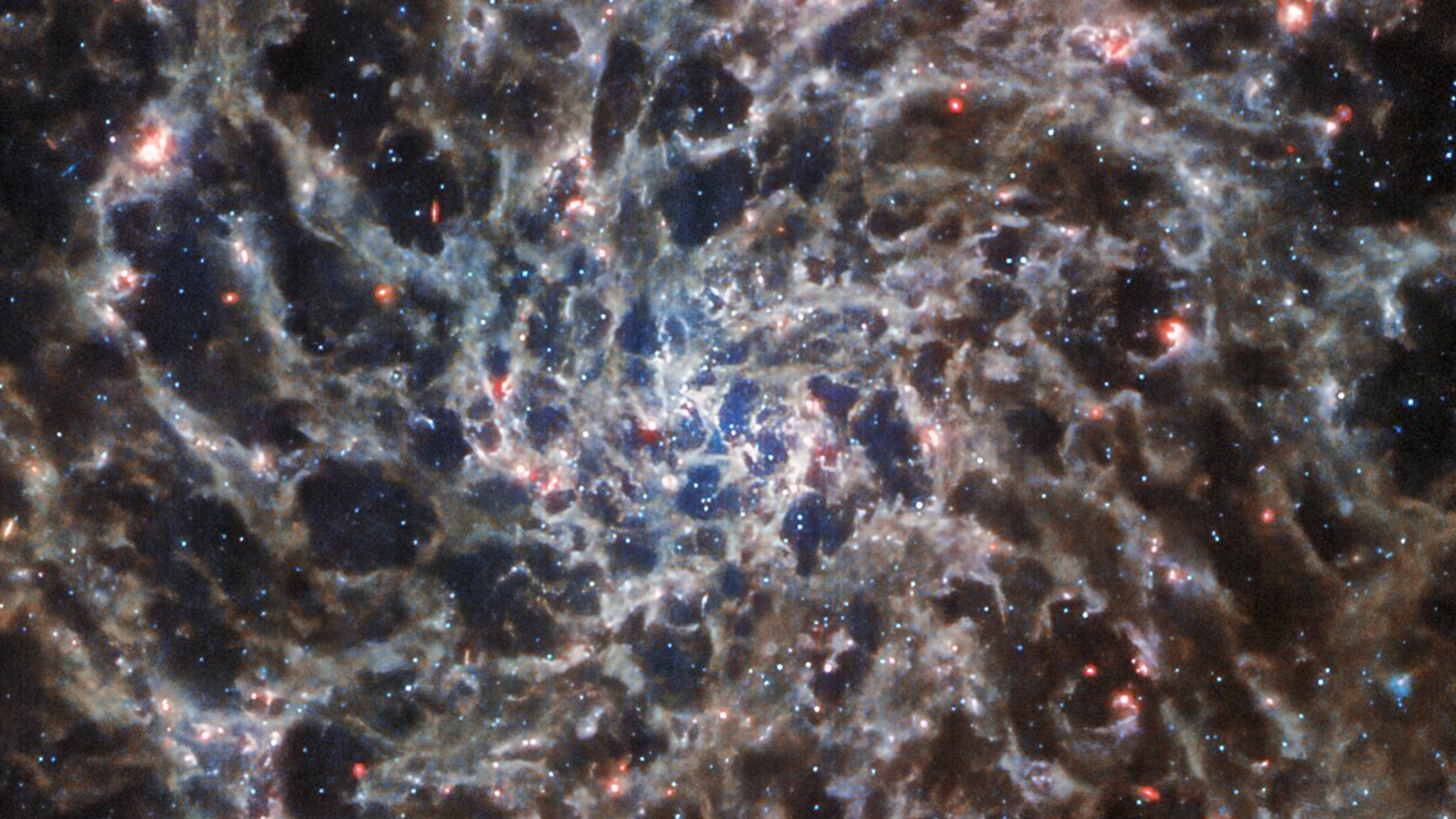
If you want to see the “bones” of a galaxy, look no further. It’s not time for Halloween yet, but get in the mood with this image of spiral galaxy IC 5332, revealed in its stark, sharp glory through MIRI, Webb’s mid-infrared instrument. Its gaze in the 5- to 28-nanometer wavelength range seems to show gray cobwebs in the shape of a spiral, according to the Webb Flickr page. These delicate threads are gases swirled throughout the galaxy.

The James Webb Space Telescope’s view of the galaxy NGC 7496 reveals bright channels of dust and gas where stars are actively forming.
NASA, ESA, CSA, STScI and Judy Schmidt
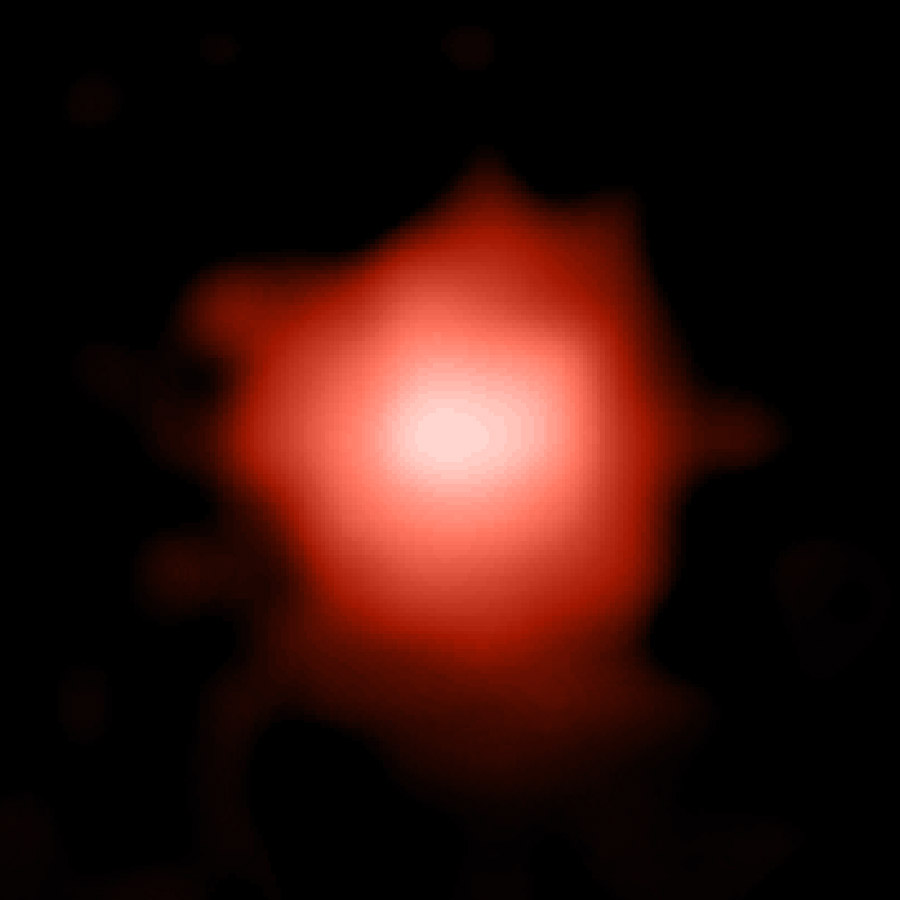
A newfound galaxy dubbed GLASS-z13, which is so far away that we see it as it appeared 300 million years after the Big Bang, now holds the record for the earliest known galaxy. That record is not expected to last long.

